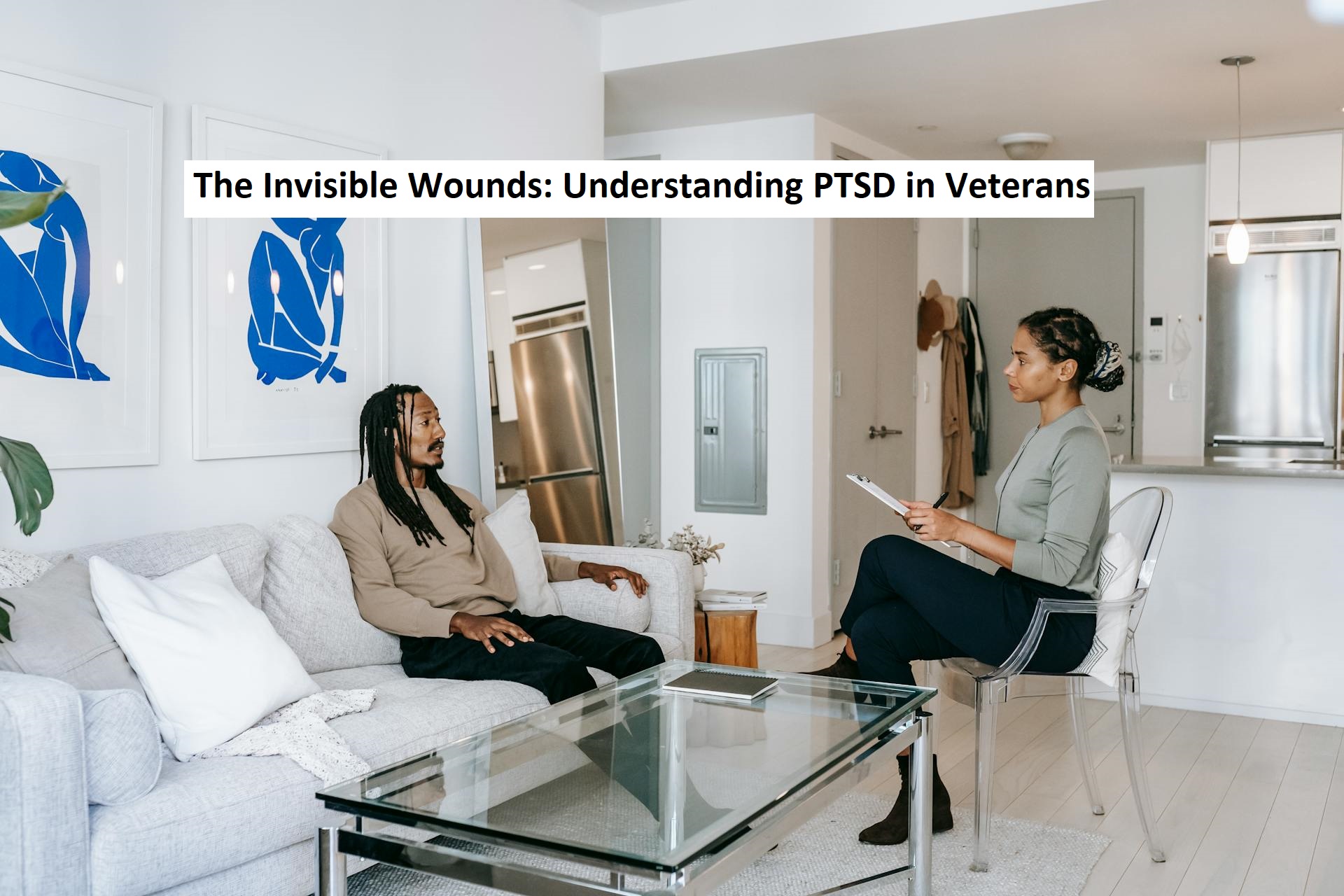The Invisible Wounds: Understanding PTSD in Veterans
Post-Traumatic Stress Disorder (PTSD) is a pervasive and debilitating mental health condition that significantly impacts many veterans. Originating from the traumatic experiences endured during military service, PTSD manifests as a complex array of symptoms including intrusive memories, severe anxiety, hypervigilance, and emotional numbness. These symptoms can profoundly affect a veteran’s daily life, relationships, and overall well-being.
The nature of military service, often characterized by exposure to life-threatening situations, witnessing death, and sustaining injuries, creates a high-risk environment for developing PTSD. Veterans may face additional challenges such as the transition to civilian life, which can exacerbate their symptoms. Despite the prevalence of PTSD among veterans, stigma and lack of awareness often hinder access to timely and effective treatment.
Infographic provided by Veteran Car Donations, a top company for yacht donationsUnderstanding PTSD in veterans requires a multifaceted approach involving psychological, medical, and social support systems. Evidence-based therapies, such as Cognitive Behavioral Therapy (CBT) and Eye Movement Desensitization and Reprocessing (EMDR), have shown promising results in treating PTSD. Additionally, peer support groups and veteran-specific mental health services play crucial roles in the healing process. Addressing PTSD in veterans is not just a medical imperative but a societal obligation, recognizing the sacrifices made by these individuals and ensuring they receive the care and support they deserve.

